Adam Kruszyna and Caleb Kessler share how they went from skiing powder in Northern Vermont to skiing couloirs flanking a glacier in Alaska. There’s serious discipline and logistical planning involved, some extreme sledding, and a lot of passion for the sport.
In May 2022, Caleb Kessler and Adam Kruszyna spent two weeks basecamping on Pika Glacier in Southcentral Alaska and skiing surrounding mountains. Let’s be clear: two weeks of camping in the Alaskan backcountry and navigating the hazards of glacial travel is no small feat. And the actual trip itself is just the tip of the iceberg, the culmination of years of experience and weeks of preparation. So what does it actually take to make a trip like this happen?

The Characters
Caleb Kessler, 26, is currently based in Vermont’s Mad River Valley where he spends a lot of his time running, biking, and backcountry skiing. Adam Kruszyna, 21, is a senior at the University of Vermont (UVM) where he studies mechanical engineering when he’s not out in the mountains backcountry skiing, mountain biking, trail running, or rock climbing.

Passion for Skiing
Perhaps an obvious prerequisite for a big backcountry trip is the desire to actually be there. Not a fleeting urge to sleep on a glacier but a deep, disciplined passion for the patience and process required to execute an expedition of epic proportion.
While Caleb and Adam’s trip may have been planned over a one month period, preparation for it really began long ago.
Caleb grew up in Central Vermont’s Mad River Valley skiing at Mad River Glen. His dad introduced him to backcountry skiing from a young age and this quickly became his preferred way of being on skis. Adam grew up in Barton, Vermont in the Northeast Kingdom and attributes his passion for skiing to the local elementary school program that brought all students to the mountain for a ski day every Friday in the winters: “that got me hooked and kept me in the sport.” Adam quickly figured out that backcountry skiing was the best way to access powder and was touring by 8th grade.
Balancing skiing with work and school is not always easy. “A lot of work in and around ski towns is seasonal, pretty low wage, not necessarily livable,” Caleb explains.
But both he and Adam have certainly made skiing a non-negotiable part of their lives. Caleb smiles as he recalls driving for hours each way with college friends just to get some weekend skiing in. And Adam describes how his approach to skiing hinges on using time well: “I do a lot of early early morning missions. I just try to maximize time.”
To clarify: an early morning mission requires that Adam get up, fit in a ski adventure, and be back at UVM in Burlington, VT ready for class sometimes as early as 9 or 10am. In other words, Adam is out before dawn and back by the time most other college students are rolling out of bed.

While most ski days are not high stakes days that involve traversing a glacier and navigating crevasses, viewing every ski day as a learning opportunity is important.
“You really just need to go out for adventures in good and bad weather. Even if it’s bad skiing you just need to be out for the learning experience” advises Adam.
Passion for skiing and just being out there through it all is part of what it takes to ultimately be able to tackle big mountain adventures.

Finding a Partner (and a ski brand)
Adventure partners can make or break an expedition. It’s important to field test partnerships to ensure success in facing the uncertainties of a backcountry expedition together.
Though they only grew up a couple hours apart from each other, Caleb and Adam didn’t connect until a few years ago. “After moving up to the Northeast Kingdom I met Adam and we were both really passionate about backcountry skiing,” Caleb explains. “And we got out into the mountains together as much as we possibly could.” After a ski trip to Northeast Canada’s Chic-Choc Mountains together and a multitude of adventures around New England, they knew they were a compatible duo.
And a strong partnership is vital for an expedition’s success. Caleb and Adam both agree that willingness to take risks, technical knowledge, comfort in the same types of terrain, and physical capabilities are important qualities to communicate with your ski partner. It’s also important to have a partner that will motivate you when the going gets tough.
“Adam is kind of like the energizer bunny, he doesn’t seem to get tired,” Caleb says with a grin.
Passion for skiing and a solid adventure partnership was how Caleb and Adam initially connected with Renoun. The two of them would share photos from their different ski adventures and were eventually picked up by Renoun given their clear passion for the sport.

“It doesn’t feel like work to go out and take pictures and ski, '' Caleb says, expressing gratitude for his partnership with Renoun. “I also really enjoy being partnered with a company that is based in my home state and whose values align with mine. By committing to being a climate neutral company Renoun is setting the bar for other ski companies.”
“As an aspiring engineer, I am intrigued by the use of Polydimethylsiloxane (PDMS), a non-Newtonian polymer, as the key to Renoun’s VibeStop technology,” Adam explains. “This seems to be such a perfect solution. As a skier I can attest to the power of Renoun’s VibeStop tech. With even the heaviest pack loaded down with an airbag, ropes, camera gear, and other essentials Renoun skis are stable through even the most consequential terrain.”

Pre-Trip Preparation
At this point it’s early 2022. Adam and Caleb each have years of skiing under their belts and trust each other as adventure partners. They’re now eager to set their sights on a specific expedition.
Given their different work and school schedules, Adam and Caleb were targeting May as the month for a big expedition. But in May in the Northern Hemisphere, only places close to the Arctic circle would still have snow.
“This trip would not have been possible without receiving information from other skiers across the world. We relied on information from people who had boots on the ground in areas that we were considering traveling to,” Caleb explains. “Thanks to the help of a couple fellow Renoun athletes we were able to get conditions reports from places several thousand miles away. This ultimately allowed us to choose Pika Glacier in Alaska as our destination.”
Alaska’s rugged glaciated peaks “seemed like a lofty goal” describes Caleb. But the pair decided that they would be able to take on the challenge and so trip planning began in earnest.
Planning for a backcountry expedition involves studying maps, meticulously planning food rations, refreshing technical skills, booking flights, organizing gear, and getting clear on trip objectives.
For Caleb and Adam planning took on a lot of different forms.
“We went out to Mt. Ellen [Fayston, VT] and donned our avalanche packs, harnesses, ice axes, rope, and all our other glacier gear,” Caleb recalls. “It made us look a little silly for a casual skin up the resort but it provided us with a good opportunity to practice like we play and dial in our systems before arriving on the glacier.”

The duo also carefully refreshed skills learned in AIARE Level 1 avalanche safety courses by reviewing the fundamentals of reading terrain and using beacons and probes and practicing crevasse rescues and self-arrest techniques. Beyond reviewing physical and technical skills, Caleb and Adam also spent a lot of time mapping out how much food they would need for two weeks on a glacier and carefully organizing gear.
When asked how he would convey the preparation needed to do a trip like this, Adam laughs and says, “I’d probably show someone my spreadsheet. It’s this giant spreadsheet with all the gear we need, and that’s just a small part of it.”
Caleb estimates that pre-trip preparation took one month of planning with the latter half of that month being really full-time preparation work. For Adam, the two weeks prior to departure also happened to be his final exam weeks for UVM so he was not only reviewing spreadsheets detailing meal plans and gear for the trip but also preparing for exams in Electrical Engineering, Fluid Mechanics, Heat Transfer, and Design of Elements.
“I actually had an exam at 8am the day we flew out to Anchorage,” Adam laughs. But he also points out that a “huge amount of that planning will segue into future trips.” So the preparation was a valuable learning experience in itself.
On May 7th, 2022 Caleb and Adam arrived in Anchorage, AK. A few days in Anchorage allowed them to take care of final expedition logistics which included grocery shopping and gear organization. But finally they flew from Talkeetna to Pika Glacier where they established their home for the next two weeks. It was all coming together.

Adam and Caleb took it slow to begin with.
“Out there it’s a way slower process just trying to deal with the hazards there that we don’t have here in VT,” explains Caleb. “We were both super excited to get out there but didn’t want our excitement to push us to do things that were too risky. It’s really cool to camp on a glacier for 2 weeks. If all we ski is mellow low key terrain then that’s all we ski and at the very least we’ll learn a lot.”

The duo lucked out, scoring a phenomenal weather window which allowed them to ski every day. Two weeks of skiing from the glacier allowed Caleb and Adam to explore much of the surrounding terrain, from slopes surrounding Pika Glacier to various couloirs. While rewarding, skiing in this type of terrain requires a high level of attention. Looking for rollovers, divots, and other signs that may indicate a crevasse are important components of reading the landscape. Assessing avalanche risks was also vital to navigating this terrain.

“I’d never skied in a backcountry area without an official avalanche forecast,” says Adam, “so we basically just had to write our own.” This involved considering slope angles, snow stability, upslope hazards, and more.
One thing that surprised the duo was the need to navigate bergschrunds, which are crevasses that form when moving glacier ice separates from the static ice above it. Caleb describes how most steep lines had “bergschrunds blocking the way. Some were navigable and you could find a snow bridge but some were just big enough that you couldn’t get around them.” Ultimately, however, both Adam and Caleb felt prepared to tackle the challenges and terrain they were moving through. “We had questions and there were things we needed to learn more about, but I felt like we were prepared and made smart decisions the whole time,” reflects Adam.

Caleb and Adam were skiing on Renoun’s Citadels.
“The Citadels were the perfect ski to bring on our Alaskan trip,” Caleb says. “Renoun’s signature VibeStop™ technology results in a ski that refuses to make compromises. They’re feather light, making long approaches feel like a breeze, yet super stable on steep and variable terrain when getting bucked around is not an option. All in all, a very reliable ski that was certainly the right tool for this trip.”

While the trip was skiing-focused, like any good backcountry trip this one had some spontaneous multisport adventures. “We had a slope above us that went right to our camp and we ended up sledding down this hill above camp. It was probably the most extreme sledding we’ve ever done and Caleb spectacularly tomahawked halfway down,” Adam explains, laughing at the memory.
From skiing to sledding to watching sunrises and sunsets perched atop Pika glacier, two weeks passed quickly and soon Caleb and Adam were flying back to the East coast and their respective lives. The trip – a culmination of years of skiing and weeks of preparation – was over. But Caleb and Adam are far from finished.
What’s Next?
Though no future trips are set in stone for these two Renoun athletes, both Caleb and Adam are already looking ahead to what’s next.
“This trip definitely just opened a whole new door to future opportunities,” reflects Caleb. “Being able to show up in a place and understand the hazards makes so many more things possible. [The Alaska trip] pushed me to want more avalanche education and glacier education because the more knowledge you have the more you can do.”
Adam is also excited to find his next big ski adventure: “When skiing, you get to that flow state and nothing else matters in the moment of doing it. Once you experience that it’s something you just want to keep experiencing.”

From navigating their first turns in Vermont’s backcountry to now successfully completing a glacier expedition in Alaska, Caleb and Adam both have demonstrated passion for, commitment to, and a deep love of skiing. And they both model excitement, drive, and curiosity through it all.
As Adam is quick to say: “this trip was just us getting started.”
See what’s next for Adam and Caleb: @akruszyna and @ckess2.
Author Bio
www.annekawilliams.com


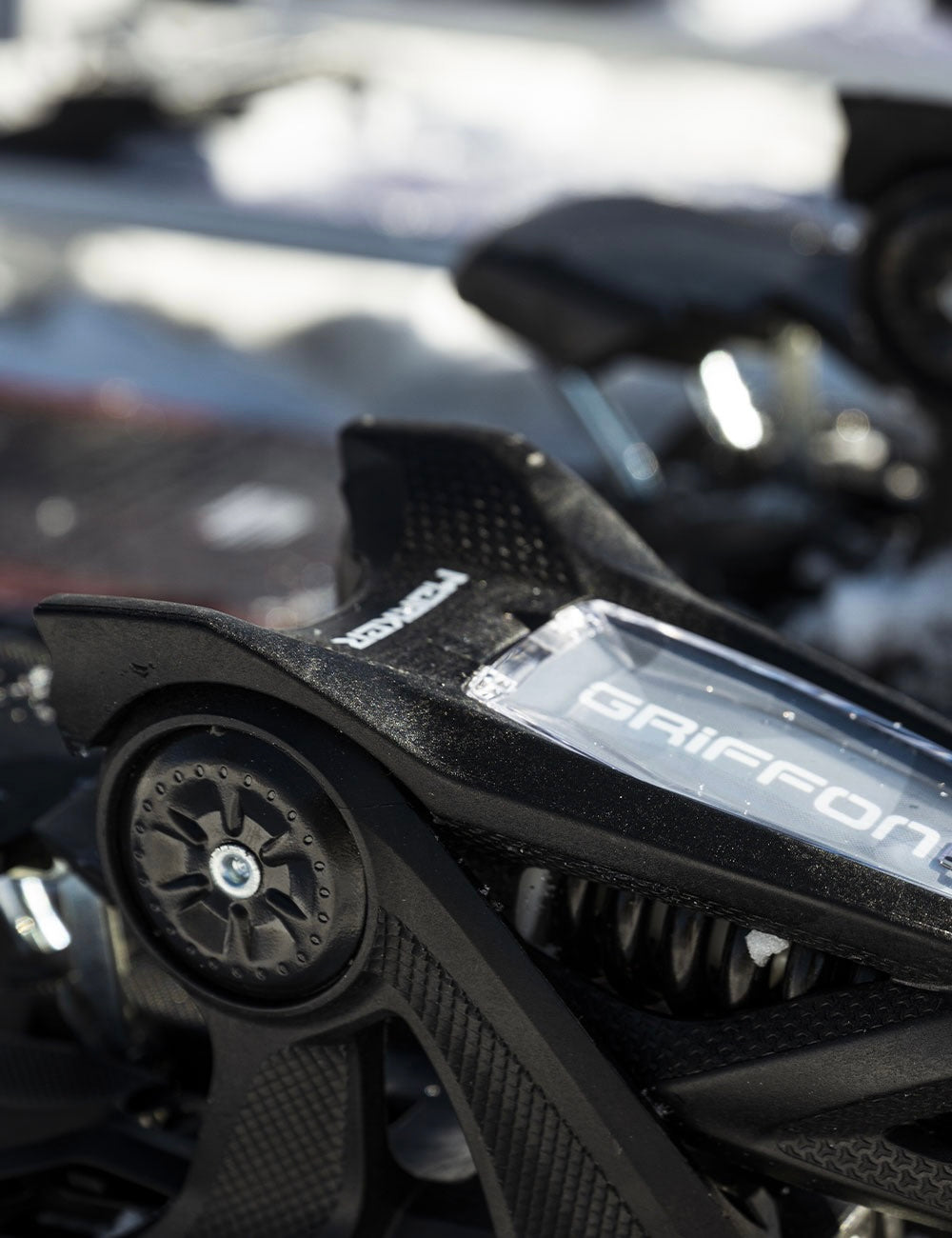
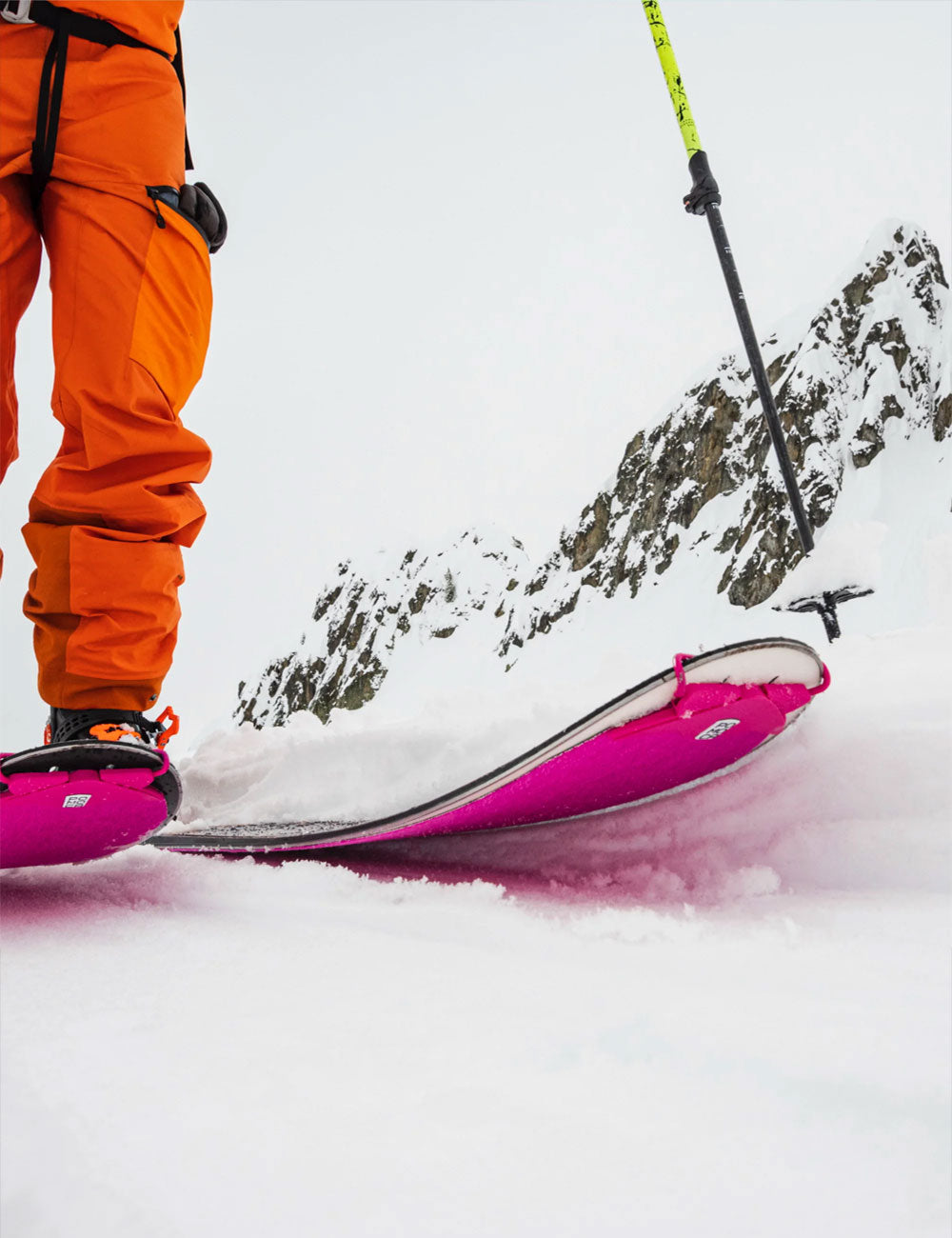
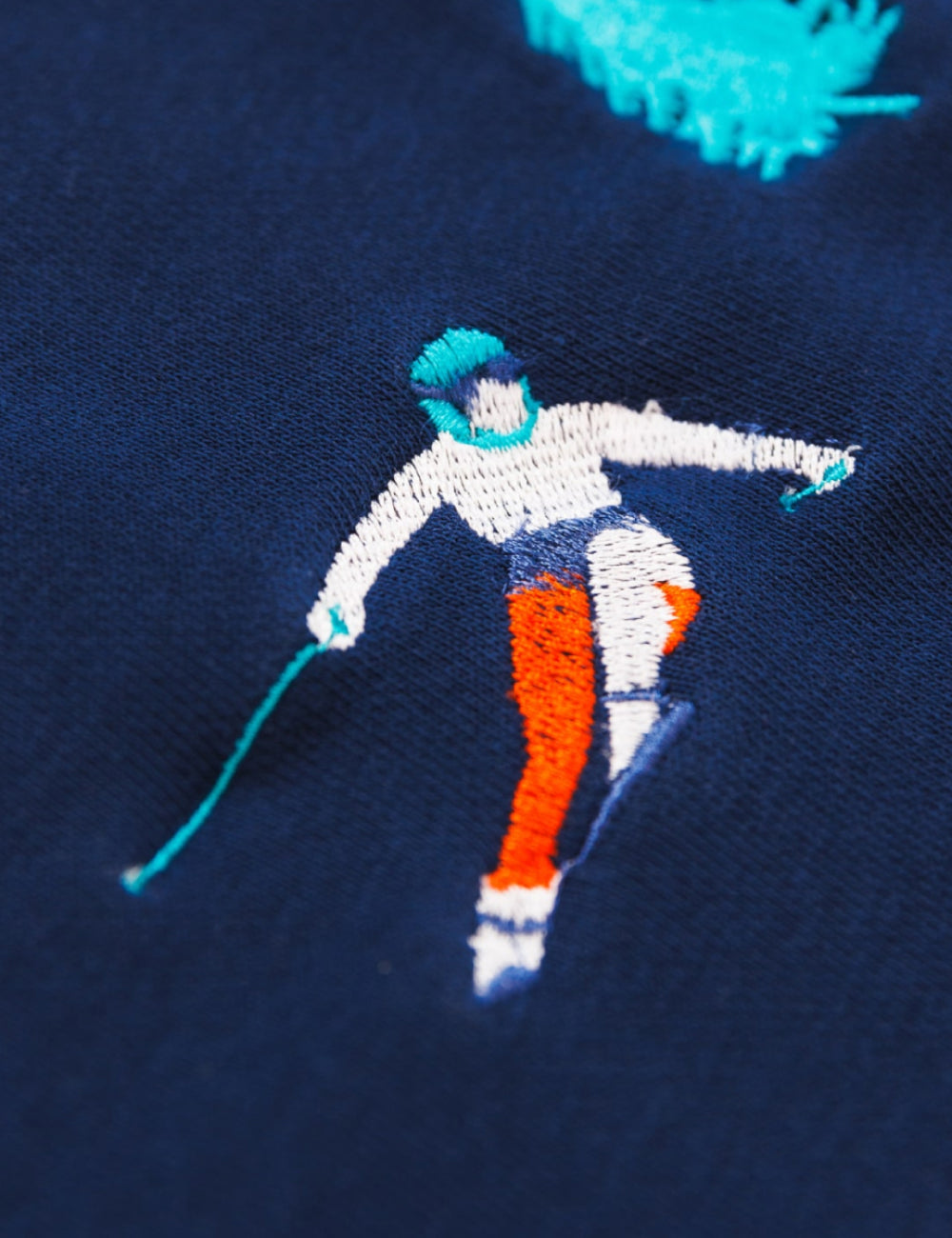
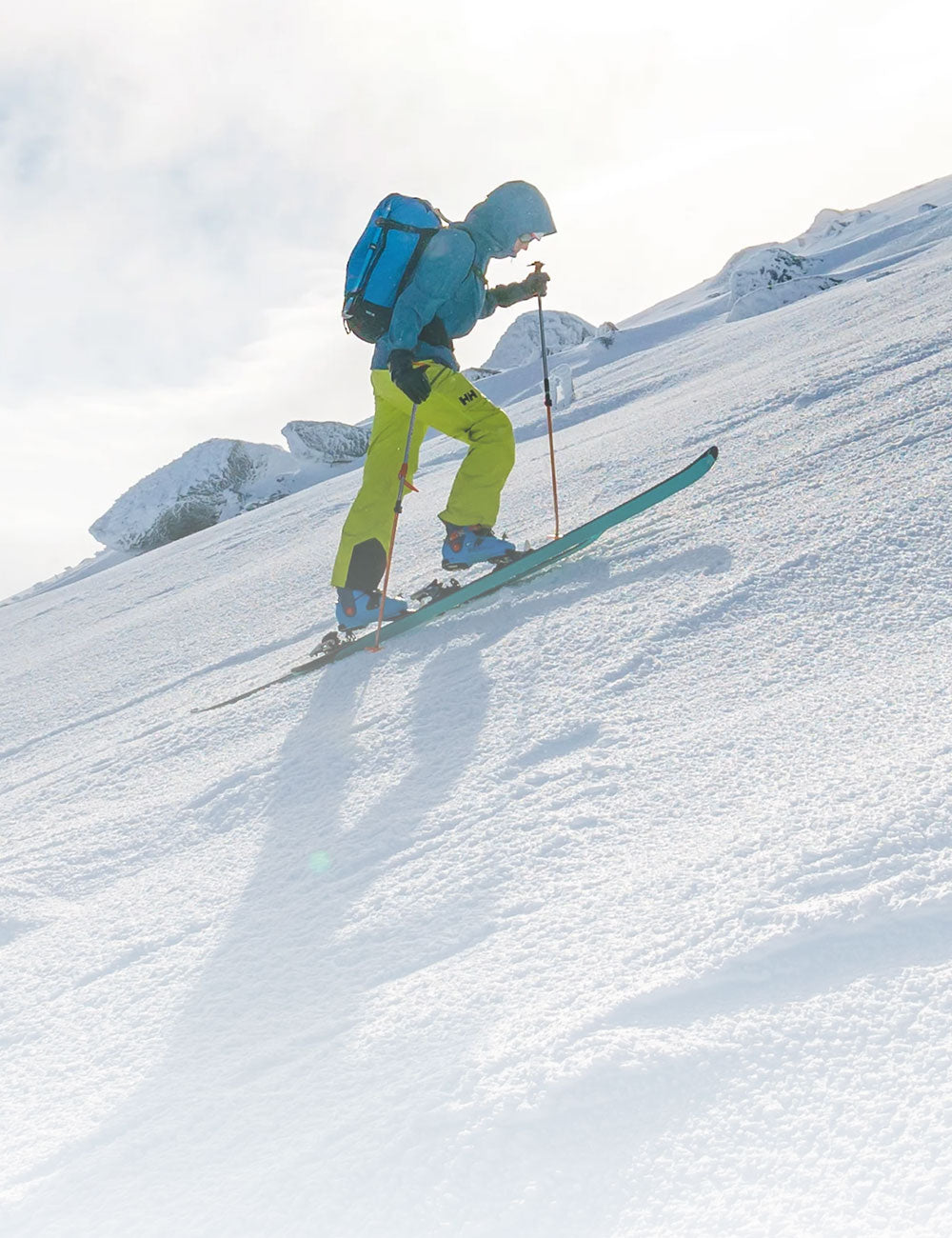
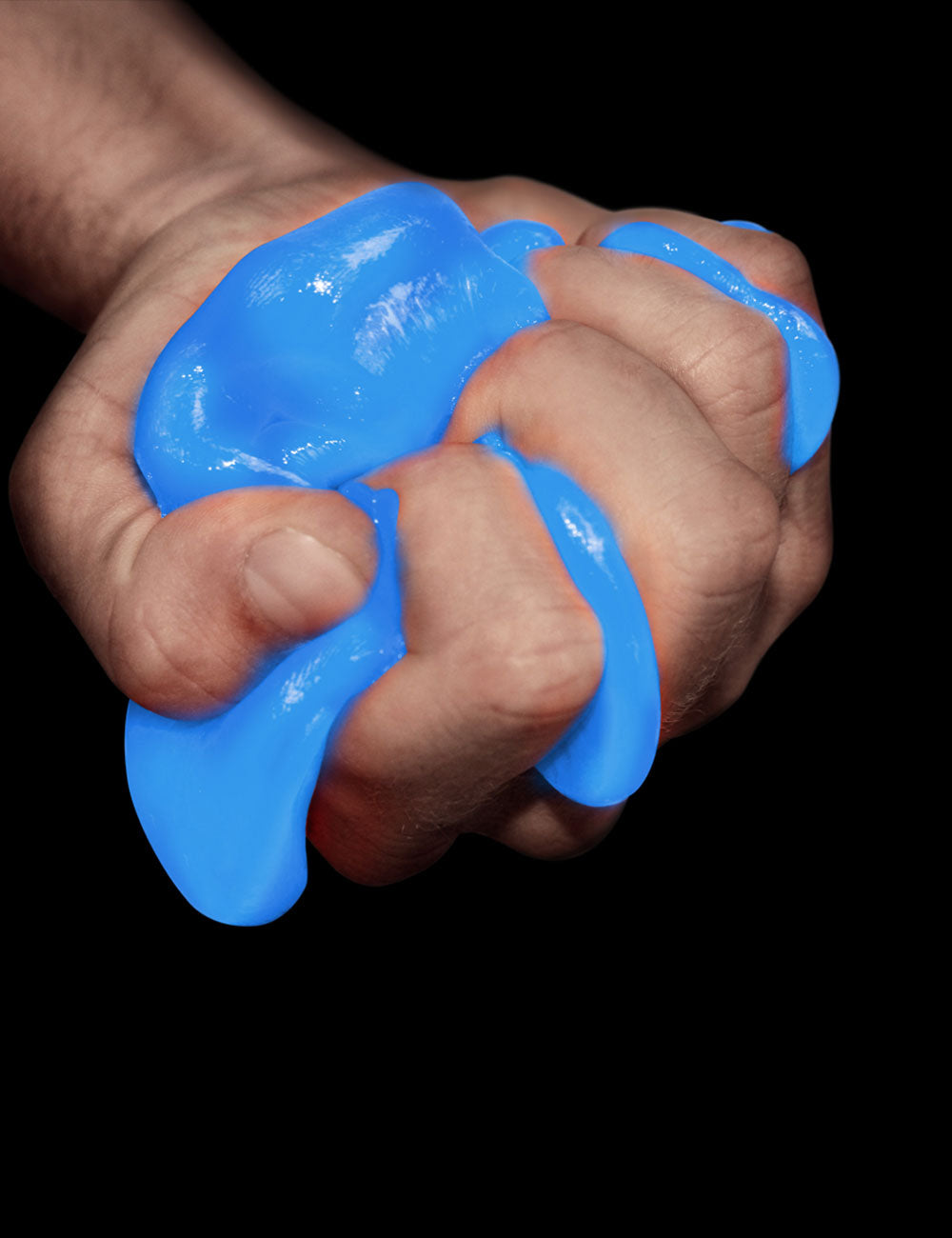
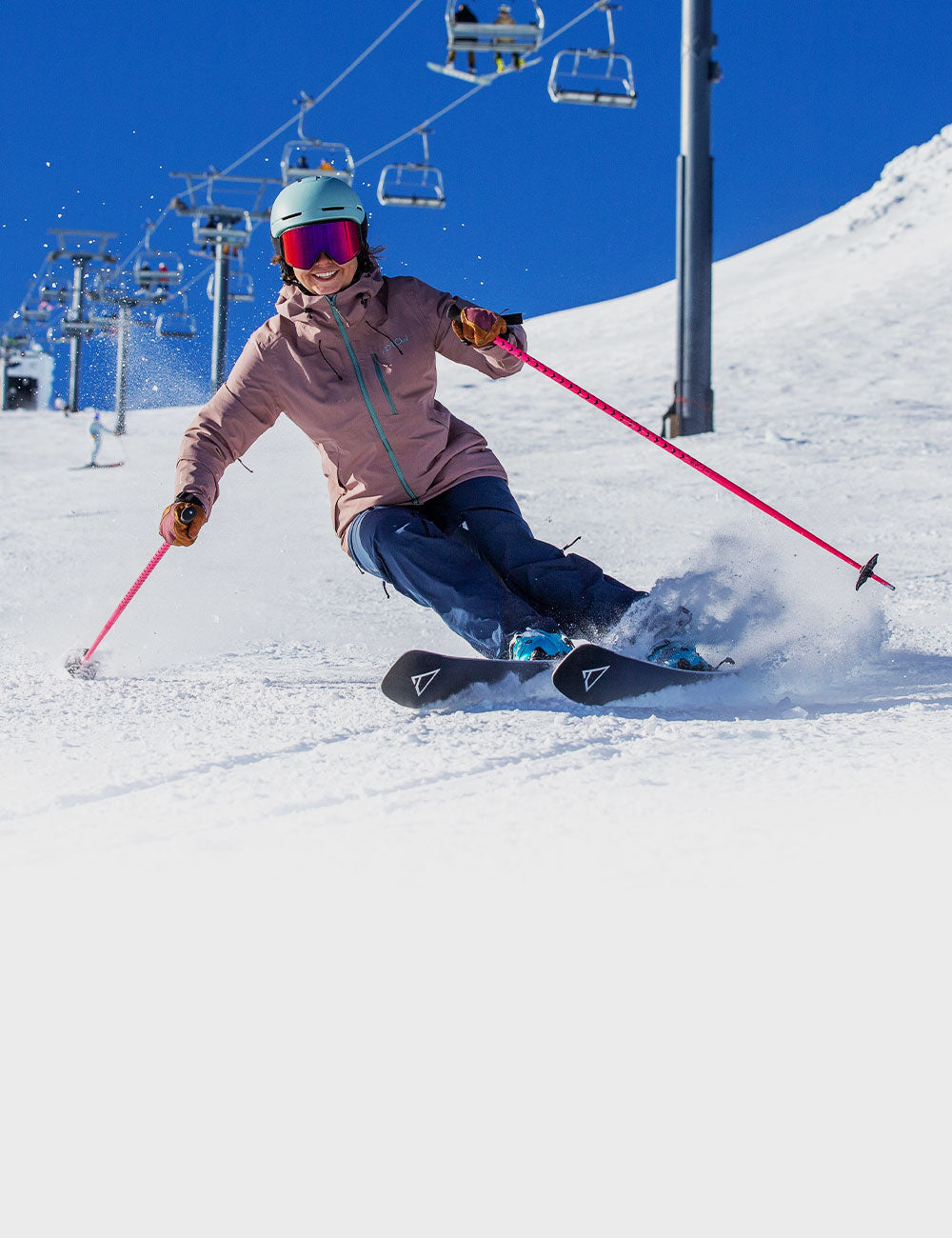
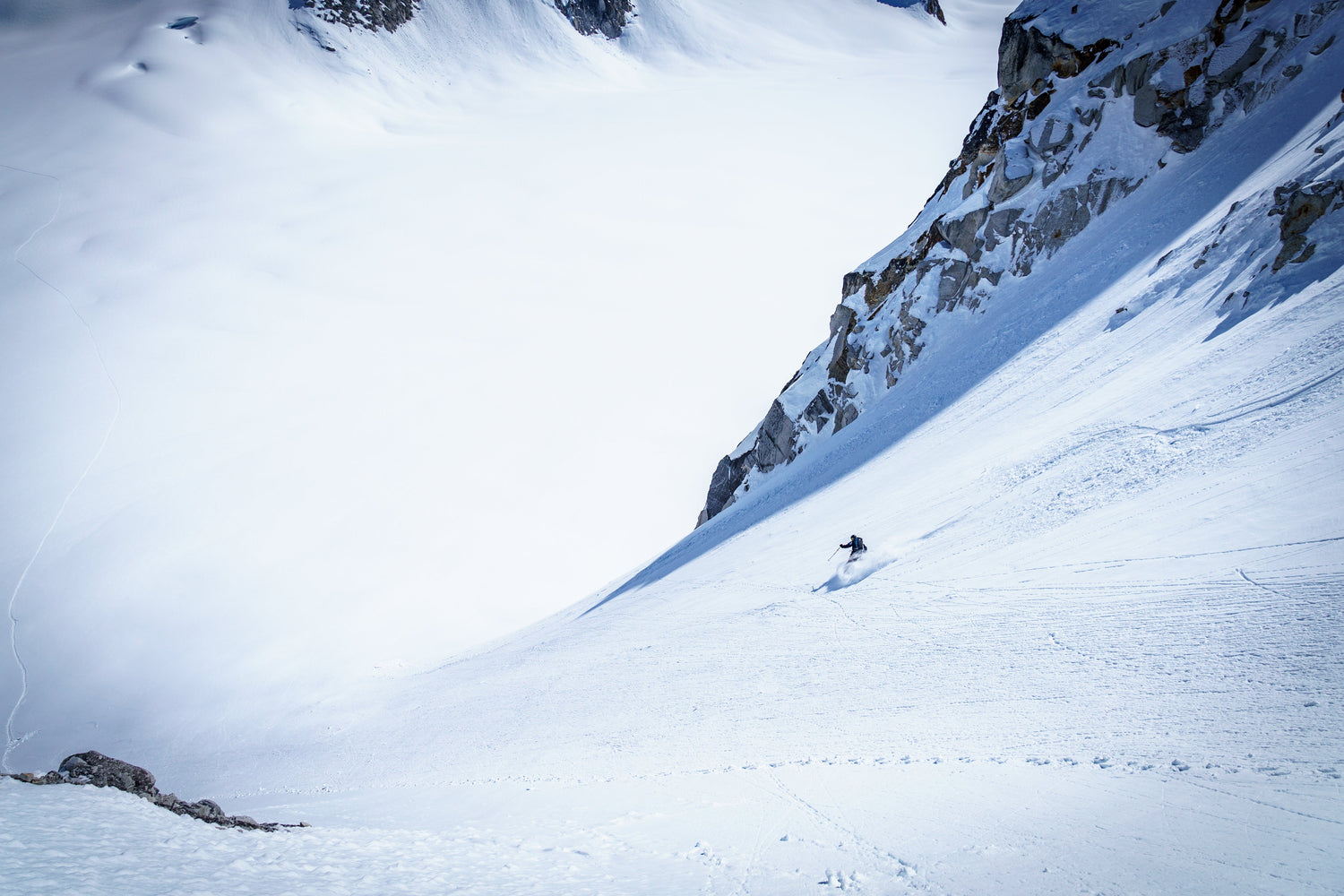


Leave a comment
This site is protected by hCaptcha and the hCaptcha Privacy Policy and Terms of Service apply.